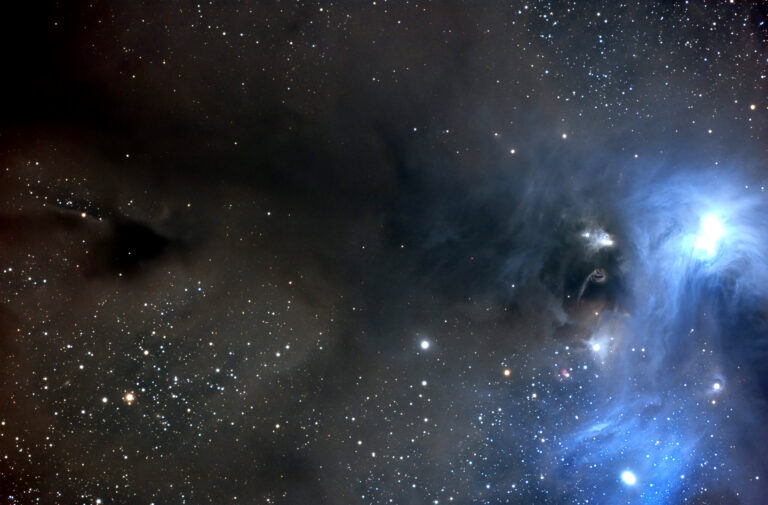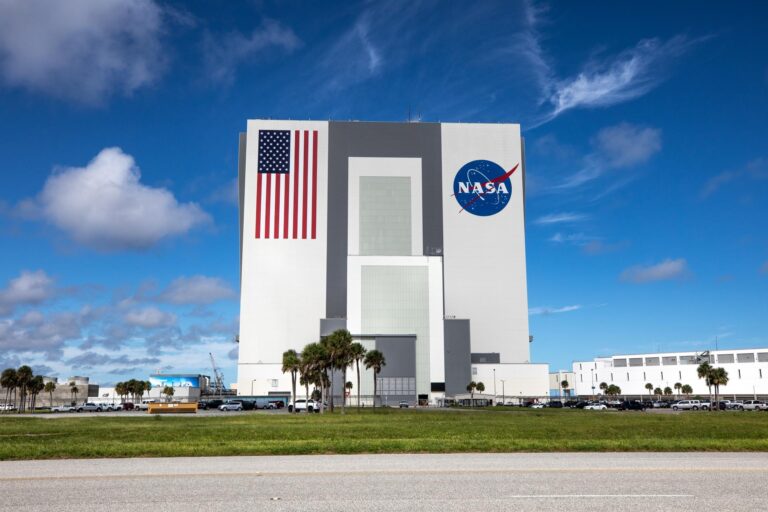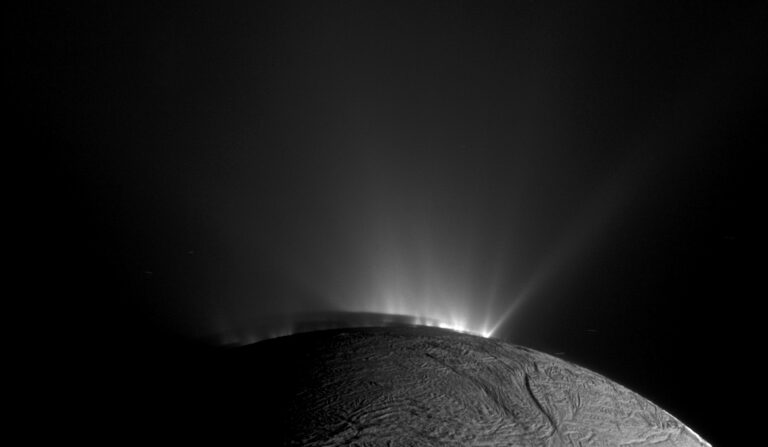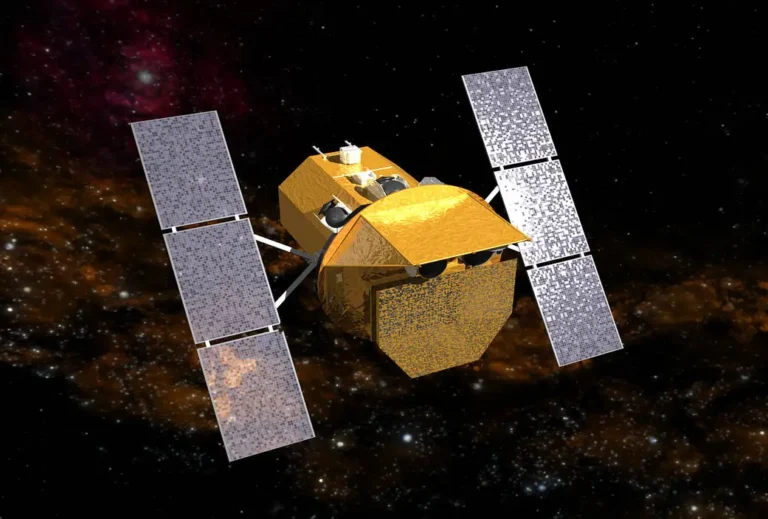Key Takeaways:
Astronomers announced today that a mystery object orbiting a star 170 light-years from Earth might have formed from the collision and merger of two protoplanets. The object, known as 2M1207B, has puzzled astronomers since its discovery because it seems to fall outside the spectrum of physical possibility. Its temperature, luminosity, age, and location do not match up with any theory.
“This is a strange enough object that it needs a strange explanation,” says Eric Mamajek of the Harvard-Smithsonian Center for Astrophysics (CfA).
The announcement was made in a press conference at the 211th meeting of the American Astronomical Society.
2M1207B orbits a 25-Jupiter-mass brown dwarf called 2M1207A seen in the direction of the constellation Centaurus. Computer models show that 2M1207A is very young, only about 8 million years old; therefore its companion should also be 8 million years old. At that age, it should have cooled to a temperature of less than 1300° F (1000 K). However, observations show that 2M1207B is actually about 2400° F (1600 K). The extra heat might be the result of a protoplanetary collision.
“Most, if not all, planets in our solar system were hit early in their history. A collision created Earth’s moon and knocked Uranus on its side,” explains Mamajek. “It’s quite likely that major collisions happen in other young planetary systems, too.”
Given its temperature, astronomers would expect a certain luminosity for 2M1207B, but it is 10 times fainter than expected. In 2006, astronomers suggested that it is obscured by a dusty, edge-on disk. Mamajek and his colleague, Michael Meyer of the University of Arizona, propose an alternative explanation: 2M1207B is small, only about the size of Saturn, and therefore has a smaller-than-expected surface area radiating energy.
They derive a radius of 31,000 miles (50,000 km) for 2M1207B, compared to 37,000 miles (60,000 km) for Saturn. Given typical densities for giant planets, this would give 2M1207B a mass about 80 times Earth (or one-fourth Jupiter). The only plausible way for such a small object to be so hot millions of years after it formed is if it suffered a recent, titanic collision that heated it.
The planets in our solar system assembled from dust, rock, and gas, gradually growing larger over millions of years. But sometimes, two planet-sized objects collided catastrophically. For example, the Moon formed when an object about half the size of Mars hit the proto-Earth. If planet formation works the same way in other star systems, then 2M1207B might be the product of a collision between a Saturn-sized gas giant and a planet about three times the size of Earth. The two smacked into each other and stuck, forming one larger world still boiling from the heat generated in the collision.
“The Earth was hit by something one-tenth its mass, and it’s likely that other planets in our solar system were too, including Venus and Uranus,” explains Meyer. “If that one-tenth scale holds in other planetary systems, then we could be seeing the aftermath of a collision between a 72 Earth-mass gas giant and an 8 Earth-mass planet, even though such collisions are very unlikely.”
Mamajek also points out that the collision theory is reasonable from a timescale point of view. A 2400-degree, Saturn-sized object would radiate its heat away over about 100,000 years. If the system were billions of years old, it is unlikely that we would be looking at the right time, but since the system is young, the chances are much better that we would catch it shortly after the collision while the hot aftermath is still observable.
The collision hypothesis makes several predictions that astronomers can test. Chief among them is a low surface gravity (which depends on a planet’s mass and radius). To check this prediction, astronomers will need to get a better spectrum of 2M1207B, a challenge since it is very faint and very close to the brown dwarf 2M1207A. Others are checking the dusty disk theory by looking for signs of polarization in the light from 2M1207B. More answers should be forthcoming within a year or two.
Mamajek emphasizes that while a planet collision may not be the correct explanation for the weirdness of 2M1207B, examples of colliding planets are likely to be found by the next generation of ground-based telescopes.
“Hot, post-collision planets might be a whole new class of objects we will see with the Giant Magellan Telescope.”
“Even if we’re wrong, I wouldn’t be surprised if someone finds a clear-cut case in the next 10 years,” Mamajek adds.










